1. Wi-Fi: The Acronym That Isnt One
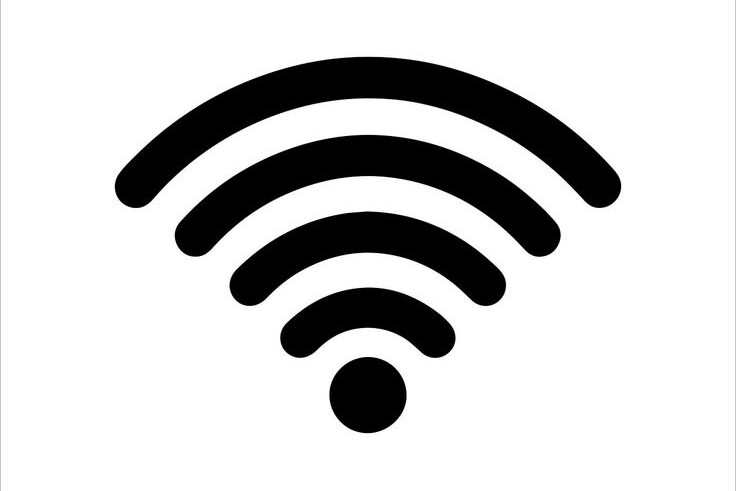
Acronyms are everywhere, tucked into our language so seamlessly we forget they started as codes. Some are solid history, others are clever marketing, and a few are folk tales that never seem to die. Wi-Fi is one of the most interesting because it is not an acronym at all. It was created in the 1990s to replace the technical name IEEE 802.11b. The idea was to make something short, simple, and familiar, like hi-fi for music. Over time people assumed it meant Wireless Fidelity, but that was never the case. It simply became one of the worlds biggest myths.
2. ZIP: Speeding Up the Mail
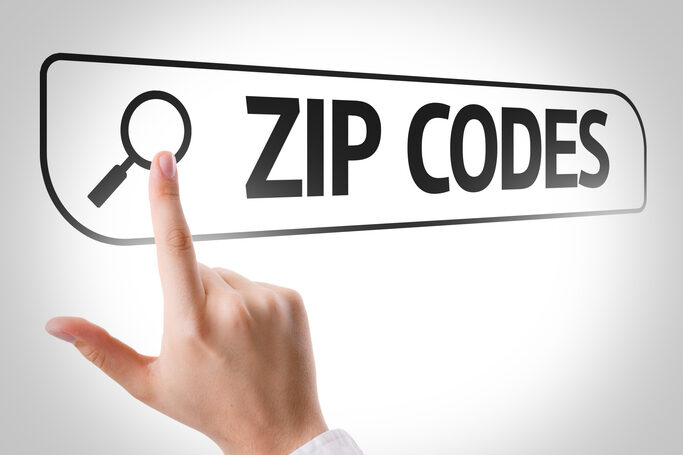
ZIP means Zone Improvement Plan, and it was created in 1963 by the U.S. Postal Service to move mail more efficiently. At the time the system was struggling with growing volumes, and the new five-digit codes made sorting easier. The name was clever because it suggested letters zipping quickly through the system. It sounded simple and fast, which encouraged people to use it. Today, ZIP codes are more than just about mail. They help define neighborhoods, shape marketing strategies, and even influence everyday statistics. What started as a postal shortcut became an important part of American identity.
3. SCUBA: A Word Born in the Deep
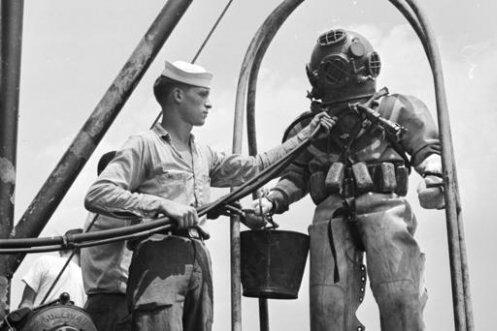
SCUBA stands for Self Contained Underwater Breathing Apparatus. First used in the 1940s by the military, it described the gear that allowed divers to operate underwater without heavy connections to the surface. Over time, recreational divers embraced it, and the acronym became so natural that most people treat scuba as a normal word. Whether exploring coral reefs, working in marine research, or simply enjoying vacations, scuba represents freedom in the deep. It is rare for an acronym to lose its capital letters and flow into everyday language so smoothly, but this one truly feels like it belongs.
4. LASER: Sci Fi Made Literal
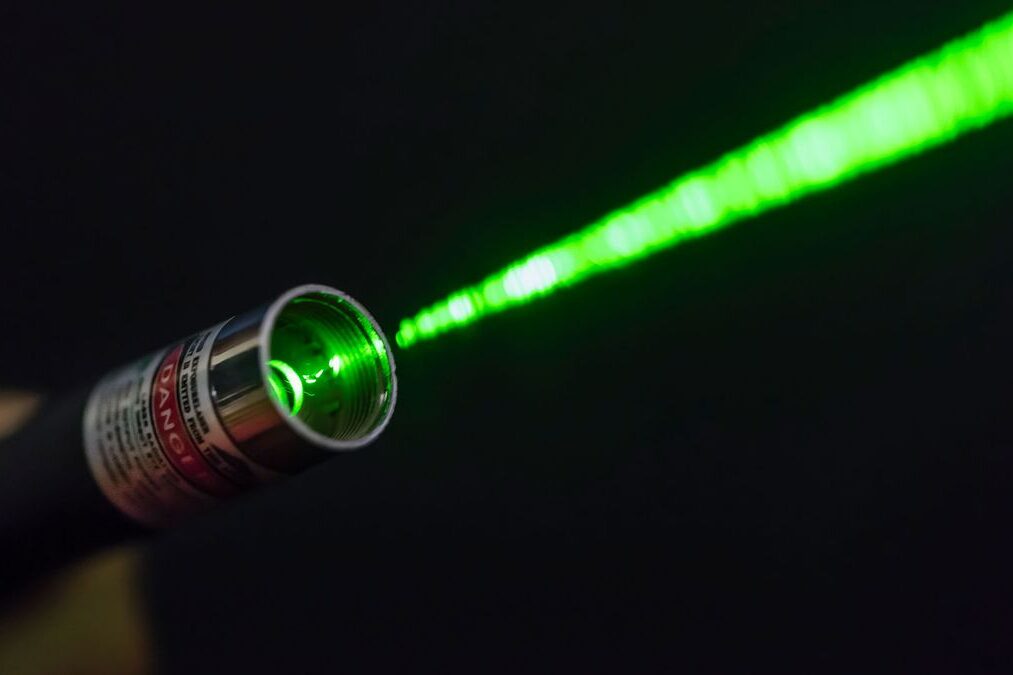
LASER means Light Amplification by Stimulated Emission of Radiation. The word was coined in 1960 to describe a scientific breakthrough that sounded almost futuristic. Unlike some acronyms, this one immediately caught on because it sounded sleek, short, and powerful. At first lasers felt like something out of science fiction, but they quickly became practical. Today, lasers are everywhere, from medical surgeries and supermarket scanners to printers and fiber optic cables. The acronym turned into a normal word so quickly that most people forget it started in laboratories. It is now one of the most common technologies around.
5. RADAR: From War Rooms to Weather Maps
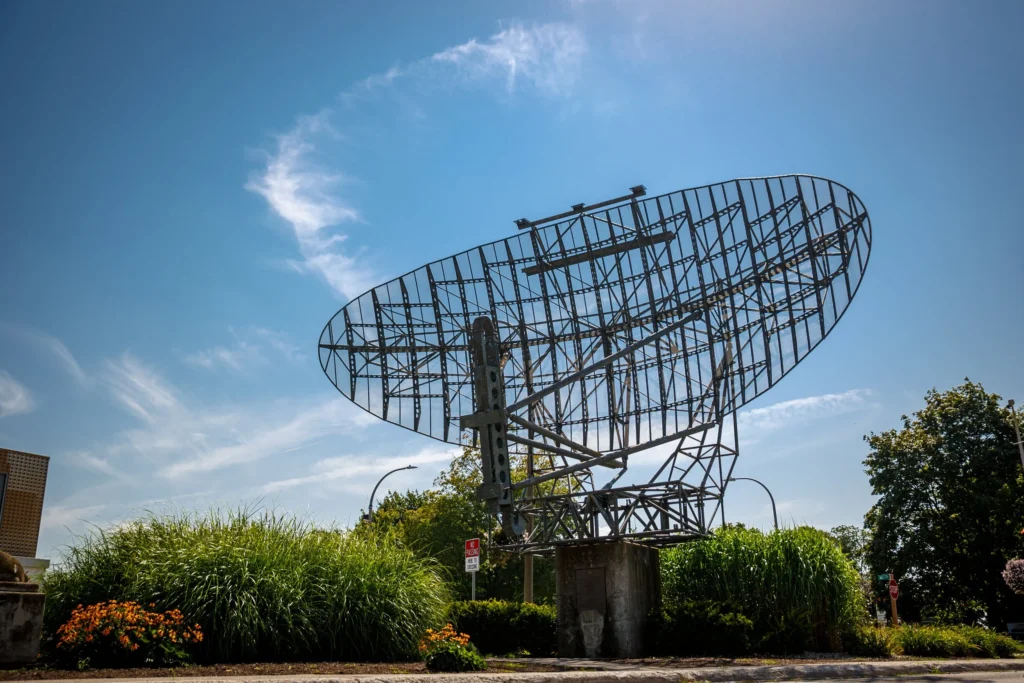
RADAR stands for Radio Detection And Ranging, and it was developed in the 1930s as a military tool. By the time World War II broke out, it was a critical way to detect ships and planes at a distance. After the war, RADAR moved into civilian life and found endless uses. It tracks weather systems, helps pilots navigate, and even checks car speeds on highways. The word itself became so natural that few pause to remember its original meaning. It is one of those acronyms that blends into daily life while shaping how the modern world functions.
6. SONAR: The Oceans Ears
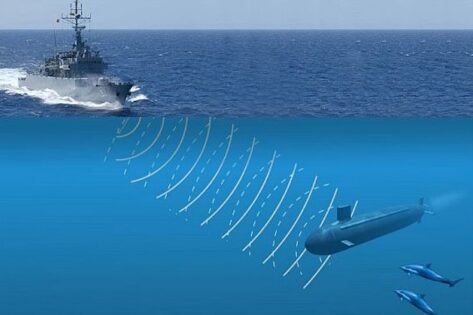
SONAR, or Sound Navigation And Ranging, is a technology that listens instead of sees. By sending out sound waves and recording their echoes, it can locate and measure objects underwater. Submarines first used it for stealth and safety, but today its reach is much wider. Scientists map the ocean floor, track marine life, and explore hidden underwater landscapes with SONAR. Fishermen and ships also rely on it. The word feels like it has always existed, but it is simply an acronym that became too useful and natural to stay technical. SONAR truly gave the oceans a set of ears.
7. TASER: A Pulp Fiction Namesake
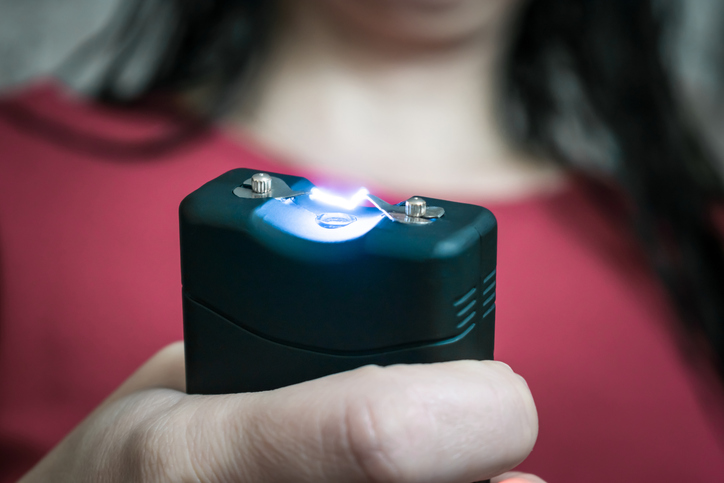
The TASER is one of those acronyms that feels like a regular brand, but its roots are surprising. It stands for Thomas A. Swifts Electric Rifle, named after the fictional boy inventor from early twentieth century adventure books. The creator borrowed inspiration from those stories to describe his invention. Over time, the TASER became a serious law enforcement tool used around the world. Today, people often use it as a verb, saying someone was tased, forgetting its quirky origin. It is a perfect example of how an acronym can grow far beyond the place it first came from.
8. LEGO: Two Danish Words One Global Icon

LEGO looks like a made up name, but it is actually drawn from two Danish words, leg godt, which mean play well. It was chosen in the 1930s by the founder as a guiding principle for the companys toys. That simple idea stayed hidden in the brand name while billions of bricks spread around the globe. Parents and children across generations have played with LEGO sets without knowing the motto was built into every piece. What began as a small idea in Denmark turned into one of the most recognizable toy brands on the planet.
9. IKEA: A Life Story in Four Letters
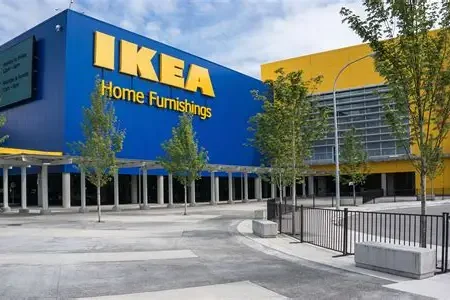
IKEA is more personal than it seems. The name is built from the initials of its founder, Ingvar Kamprad, combined with Elmtaryd, his family farm, and Agunnaryd, his home village. At first glance it looks like a random word, but in reality it carries one mans entire story. The brand went on to become a global empire of furniture, food, and design. Every flat pack box and showroom still reflects that Swedish beginning. The name hides a personal history in plain sight, showing how even a household giant can be rooted in something deeply personal.
10. SPAM: Catchy Name Disputed Meaning

SPAM has been a part of kitchens for decades, but its name remains mysterious. Some believe it stands for Shoulder of Pork And Ham, while others think it was simply chosen for its short, catchy sound. The makers have never confirmed one answer, which only added to its mystery. During World War II it became an essential food, and later it became a cultural icon. Then, in the digital age, spam took on an entirely new meaning as unwanted email. It is a rare example of a word balancing two worlds, both canned and virtual.
11. SOS: Easy to Send Hard to Forget
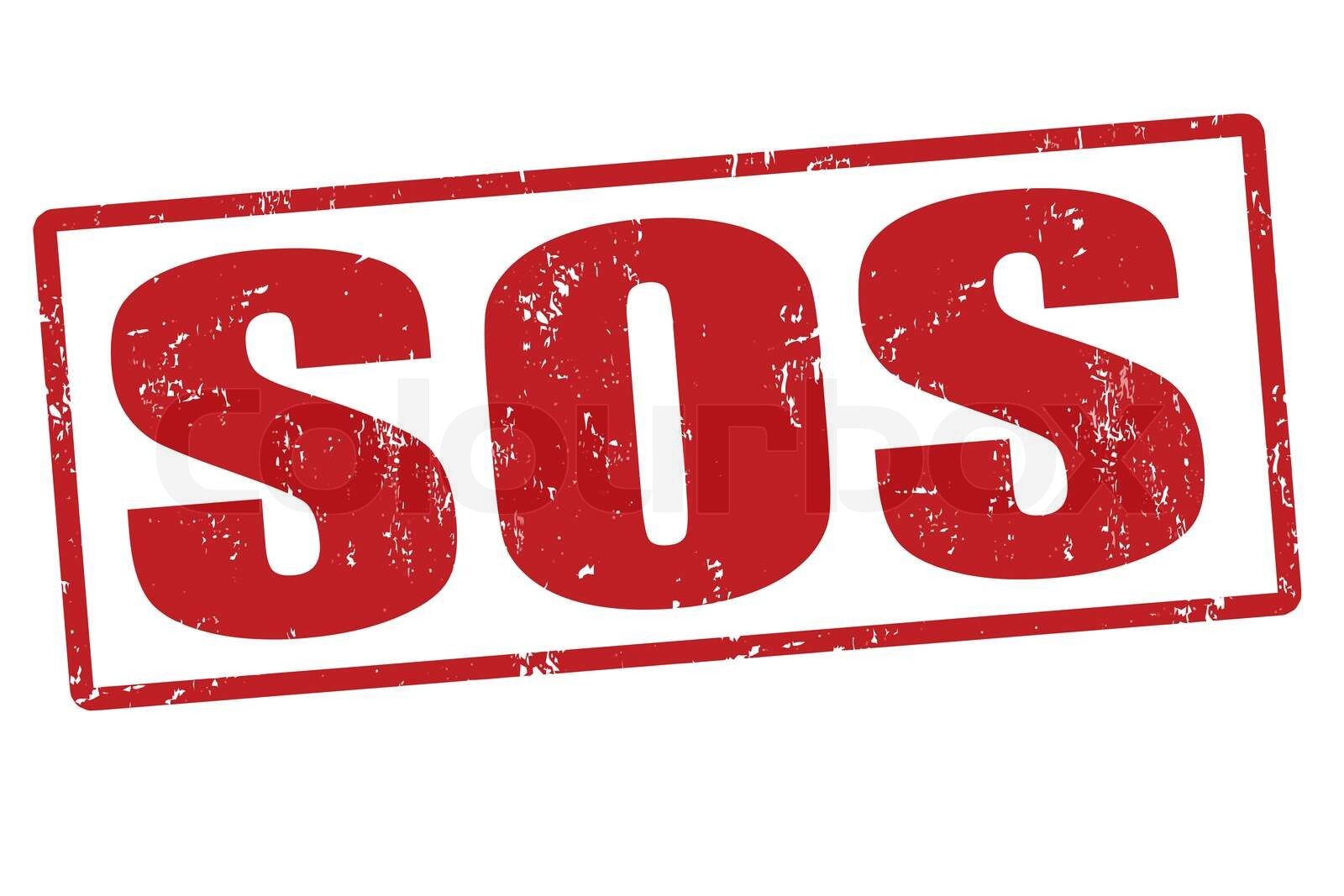
SOS is one of the most famous codes in the world, but it never truly meant Save Our Ship. It was chosen in 1905 because it was simple in Morse code. Three dots, three dashes, three dots. That rhythm was unmistakable and easy to recognize. Over time, people attached phrases like Save Our Souls to give it more meaning, but those were later inventions. The strength of SOS comes from its clarity. It became a universal call for help, a reminder that sometimes simplicity makes the most powerful signal of all.
12. PDF: Digital Paper That Travels

PDF stands for Portable Document Format, created in the 1990s by Adobe. At the time, sharing documents across computers was frustrating because formatting often changed. PDFs solved that by locking everything in place. What you saw on one screen was what you would see everywhere. The idea caught on quickly, and soon it became the standard for contracts, manuals, forms, and official files. Today, most people use PDFs daily without ever thinking about what the letters mean. It is one of those acronyms that quietly reshaped work and communication without demanding attention.
13. USB: The Plug That Simplified Computing
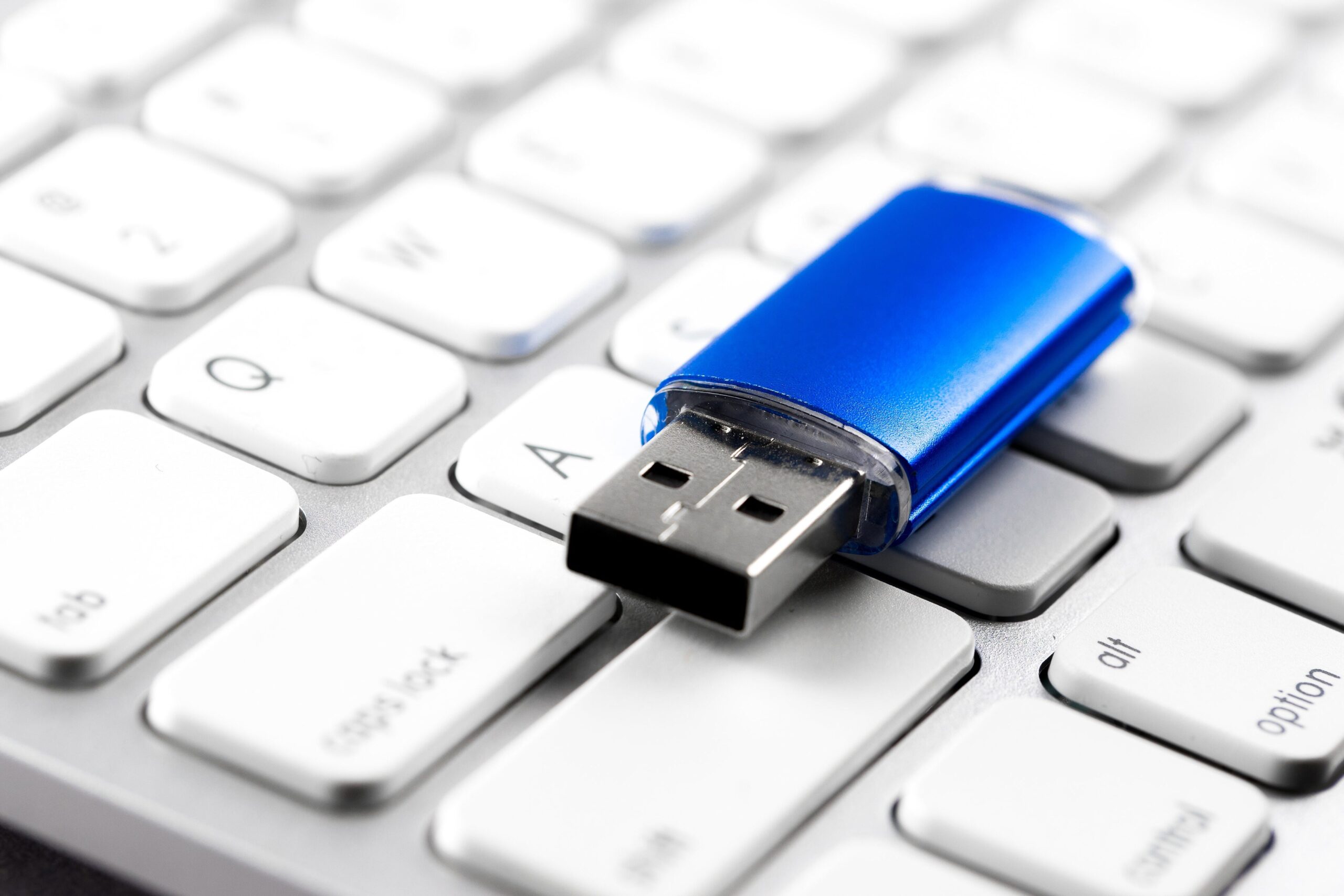
USB, short for Universal Serial Bus, was introduced in the 1990s to fix a very modern problem. Computers had too many different ports and cables, and people often struggled with connections. The USB replaced all of that with one universal standard. It was designed to be simple, fast, and reliable. Over time, it became the most common connector in the world, powering devices, transferring files, and charging phones. Its name may sound dull, but its impact is massive. The USB made technology more approachable, turning complexity into something much easier to handle.
14. GIF: A Tiny File with a Big Culture
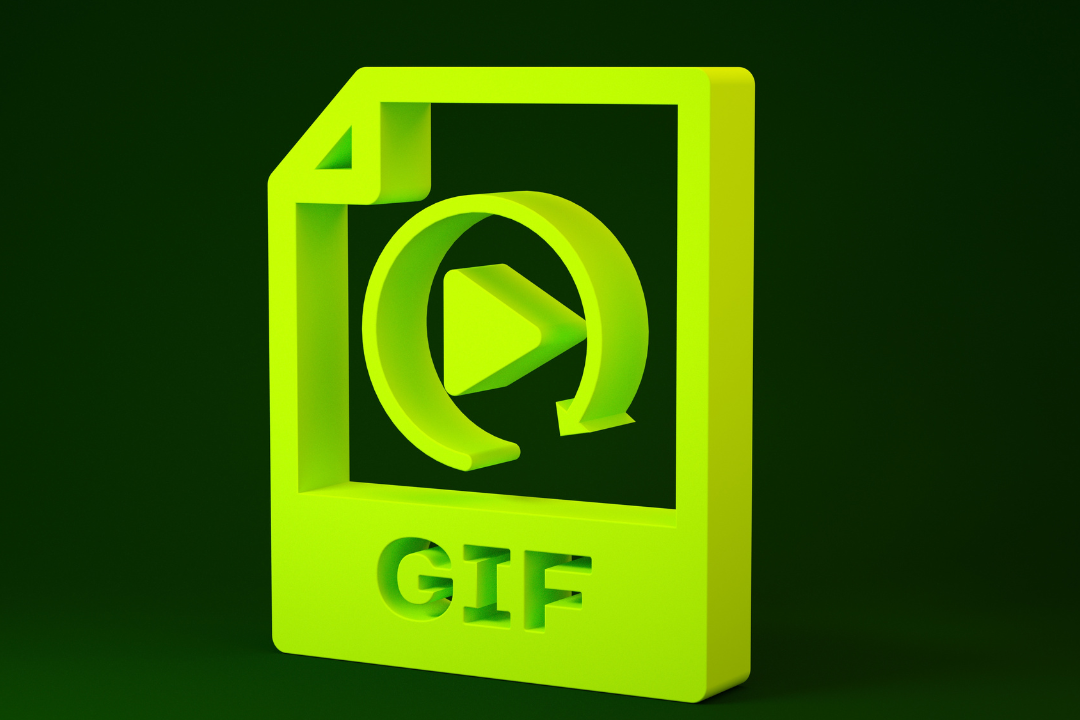
GIF means Graphics Interchange Format, and it was created in the 1980s to make image files smaller and easier to share. What made it special was its ability to loop simple animations, something the internet later embraced with enthusiasm. Over time, GIFs became the universal way to share jokes, reactions, and moments online. They crossed platforms and generations, turning into a kind of cultural shorthand. Whether used in serious or silly ways, the GIF remains one of the most recognizable file types. It proves how small ideas can grow into lasting expressions.
15. LOL: The Internets First Laugh Track
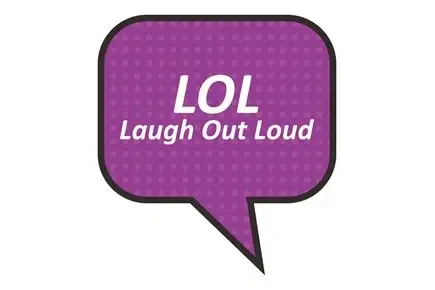
LOL, or Laugh Out Loud, started in the early days of online chatrooms. People needed a quick way to show humor in text, and this three-letter acronym fit perfectly. It became a digital laugh track that spread across the world. Even as new slang and emojis developed, LOL remained. It represents one of the earliest markers of internet culture, when abbreviations were the simplest form of expression. For many, it still carries nostalgia, reminding us of the early days of chatting online. LOL continues to appear in conversations everywhere, a timeless little shorthand for laughter.
16. BMW: Luxury in Three Letters
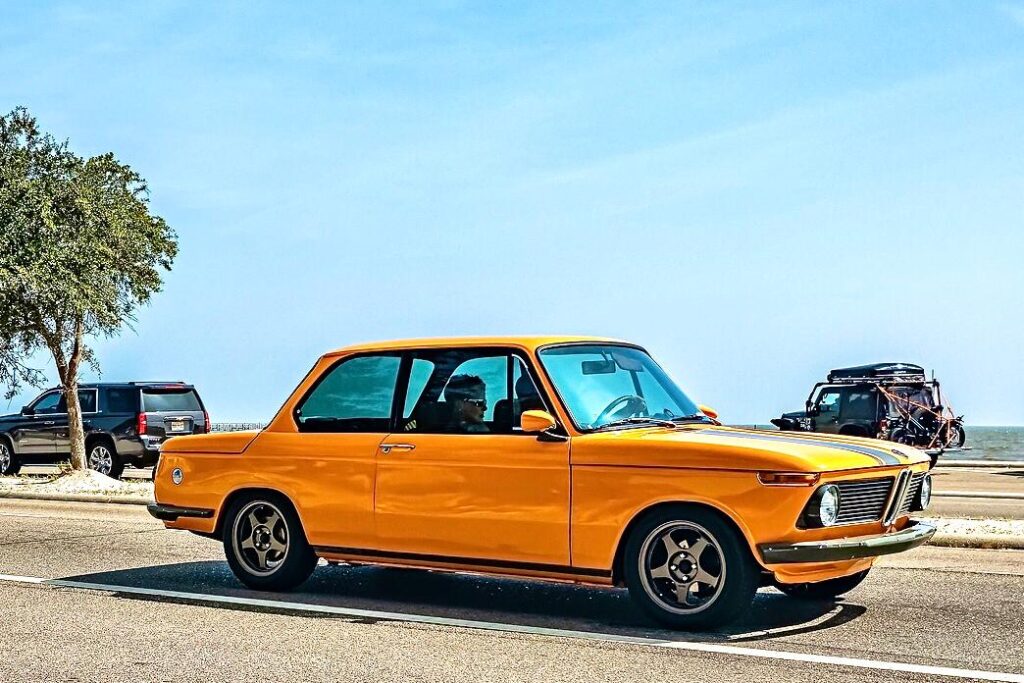
BMW stands for Bayerische Motoren Werke, which translates to Bavarian Motor Works. The company began in Germany producing engines before expanding into motorcycles and cars. Over time, its three letters became a powerful symbol of luxury and engineering. The brand grew from regional roots to international prestige, stamped on vehicles around the world. Today, BMW is more than just transportation. It is about identity, design, and status. Few acronyms have traveled so far while remaining connected to their origins. BMW proves that sometimes the smallest set of letters can carry the biggest reputation.
17. COVID-19: A Name That Marked an Era

COVID-19 is short for Coronavirus Disease 2019. It was created by the World Health Organization in early 2020 to ensure clarity and consistency across the globe. Unlike older acronyms, it spread into everyday language almost instantly. Within months, it was a household term shaping daily life. COVID-19 represents a moment when language carried both urgency and shared experience. It was not about branding or cleverness but about accuracy and neutrality. Even now, those letters remind the world of a time when everything changed. They are a symbol of how words capture history.
18. PIN: The Little Code That Guards Everything
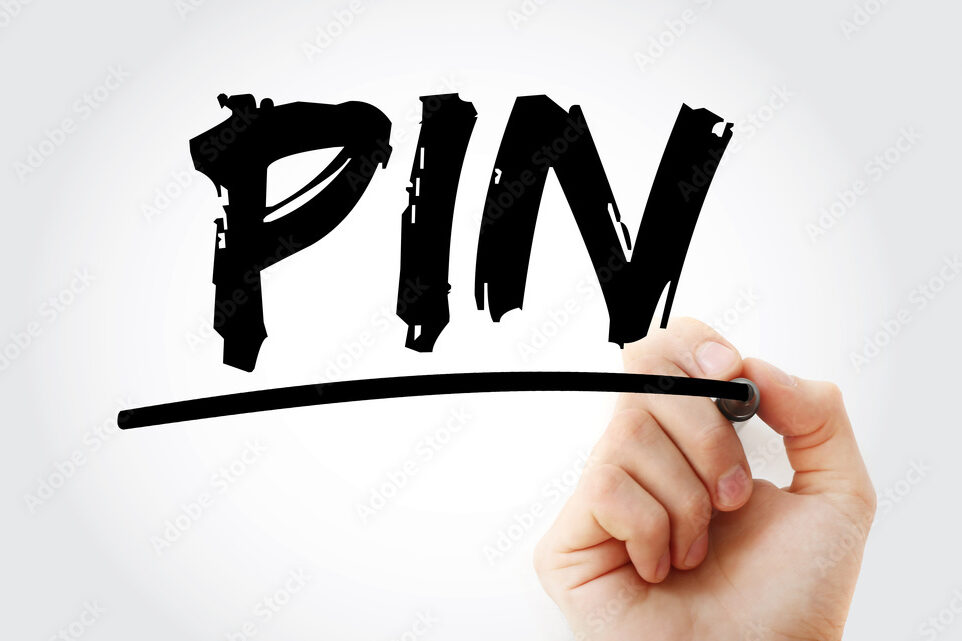
PIN means Personal Identification Number, and it was first introduced in the 1960s with ATMs. It allowed people to withdraw money securely without a teller, and it quickly became the standard for personal banking. The idea spread, and today PINs protect credit cards, phones, and countless digital accounts. What is funny is that many people say PIN number, repeating the word number twice. Despite its small size, this acronym protects billions of daily transactions quietly. PIN is one of those little codes we rarely think about, yet it stands guard over almost everything we do.
19. NATO: Four Letters That Signal Alliance
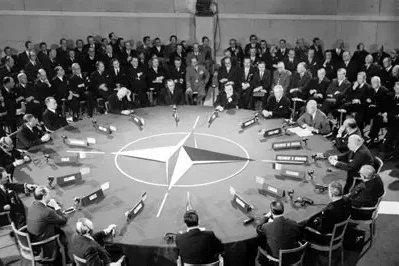
NATO stands for North Atlantic Treaty Organization, created in 1949 after World War II. It was a military and political alliance that brought together North America and Europe under one principle: collective defense. If one member was attacked, all would respond. Over decades, NATO became a symbol of cooperation, deterrence, and unity. Its four letters carry weight in international politics and diplomacy. Though short and simple, NATO still represents a massive alliance with global impact. It shows how even a handful of letters can carry meaning that shapes entire histories and futures.
20. NASA: A Name That Still Means Up
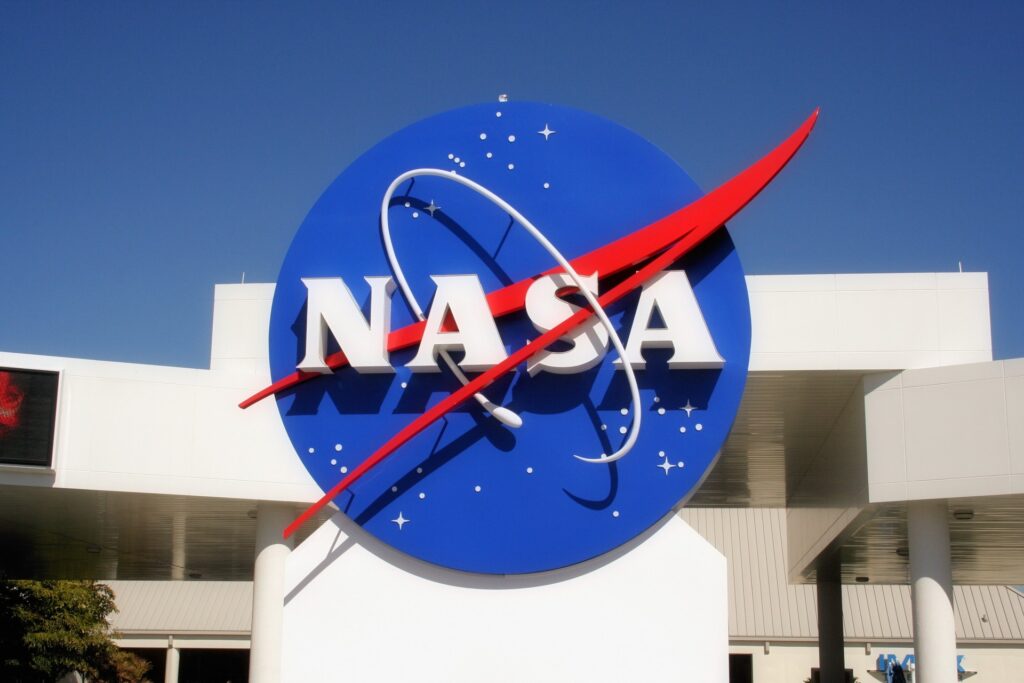
NASA stands for National Aeronautics and Space Administration, created in 1958 at the dawn of the space race. What sounded like a government agency title quickly became something much bigger. NASA represented exploration, innovation, and dreams beyond Earth. From the Apollo missions to Mars rovers, its four letters have carried countless milestones. For many, NASA is not just an acronym but a symbol of curiosity and imagination. It became shorthand for the human desire to reach higher and discover more. NASA still means one thing today, and that is looking upward toward possibility.


